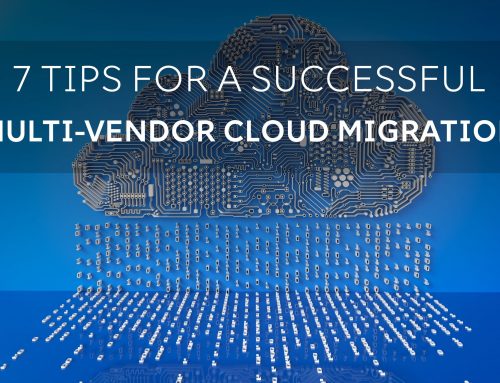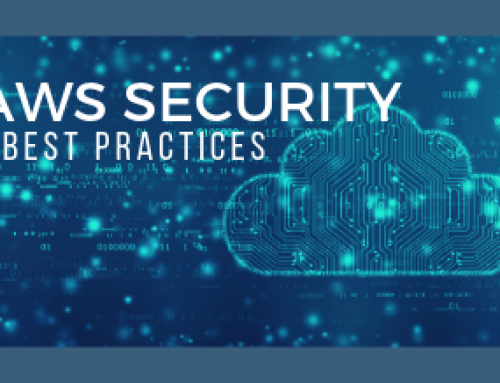Cloud adoption is growing, and for most businesses, it’s not a matter of if they’re going to adopt the cloud, but when. With 83% of enterprise workloads in the cloud by 2020, 41% of those will run on public cloud platforms, while another 22% will be running on a hybrid cloud strategy, according to a recent study conducted by LogicMonitor.
With the growth of cloud adoption, the hybrid cloud strategy is attractive for many enterprise-level organizations that know they need to make the move to the cloud but have been reluctant to due to where they might be on their IT journey or concerns surrounding security.
Quick benefits of a hybrid cloud strategy include:
Risk management: hybrid cloud is a great way to test the cloud waters before moving to a mostly cloud environment. Keep in mind that planning is key, but hybrid cloud can be a great way to test workloads and providers’ capabilities.
Cost effective: with the barriers to innovation reduced, there’s not capital expenditures for modeling a new service. Concepts can be tested, rapidly deployed, and measured for success. This goes well with a DevOps culture.
Fit for purpose: Store sensitive data on dedicated hardware while still benefiting from the public cloud’s cost-efficiency for other parts of your environment.
Scalable: with a public cloud arm, hybrid clouds are easy to scale up or down, making them a good choice for those organizations with changing needs.
The Hybrid Cloud Strategy
Entire environments don’t have to migrate in order to take advantage of the cloud. Hybrid cloud strategy leverages the public cloud to help enterprises through the cloud adoption process, the strategy being that over time, the enterprise will move more and more workloads to the cloud until eventually, they are using it to its full potential, whatever that looks like in their organization and however it fits their needs.
To effectively adopt the cloud and depending on their environment, most enterprises need to take a phased approach to their migration. We usually recommend this to our customers. After a thorough discovery and assessment exercise, we are able to identify move groups and put together a migration plan. This is an important part of any migration process, but particularly important for those organizations who may favor a slower adoption plan.
Phased Migration Plan
For those organizations with apprehensions about moving to the cloud or when it makes sense, we recommend a phased migration plan. This usually involves less complex and non-critical applications and workloads moving to the cloud first and allowing the organization to move certain groups over a period of time. This would give the enterprise a hybrid cloud strategy.
Less complex and non-critical applications can include infrastructure services, messaging, collaborative web applications, or database applications. They make good candidates for public clouds because they can be cost-effectively maintained at the cloud provider.
For some organizations and for whatever reason, it just doesn’t make sense for every workload or application to be hosted in the public cloud, which is why a hybrid strategy can work well for many organizations. The important thing to note, however, is that whatever strategy your organization takes, it will require careful planning in order to maximize return on investment and ensure you’re not overprovisioning or resource-strapped.
There’s rarely a one-size-fits-all approach to cloud adoption and migration. The strategy depends on each individual organization’s current infrastructure and business goals. Hybrid cloud architectures offer a flexible, right-fit option for many organizations, but they’re also highly complex to design, implement, operate, and secure. It’s why we highly recommend working with a skilled cloud expert.
WSM can help design and deliver a hybrid cloud strategy. We work with AWS, Microsoft Azure, Google Cloud Platform, and other hosting providers to help businesses get the most out of their cloud adoption. Learn more about our cloud migration process or start the conversation.







